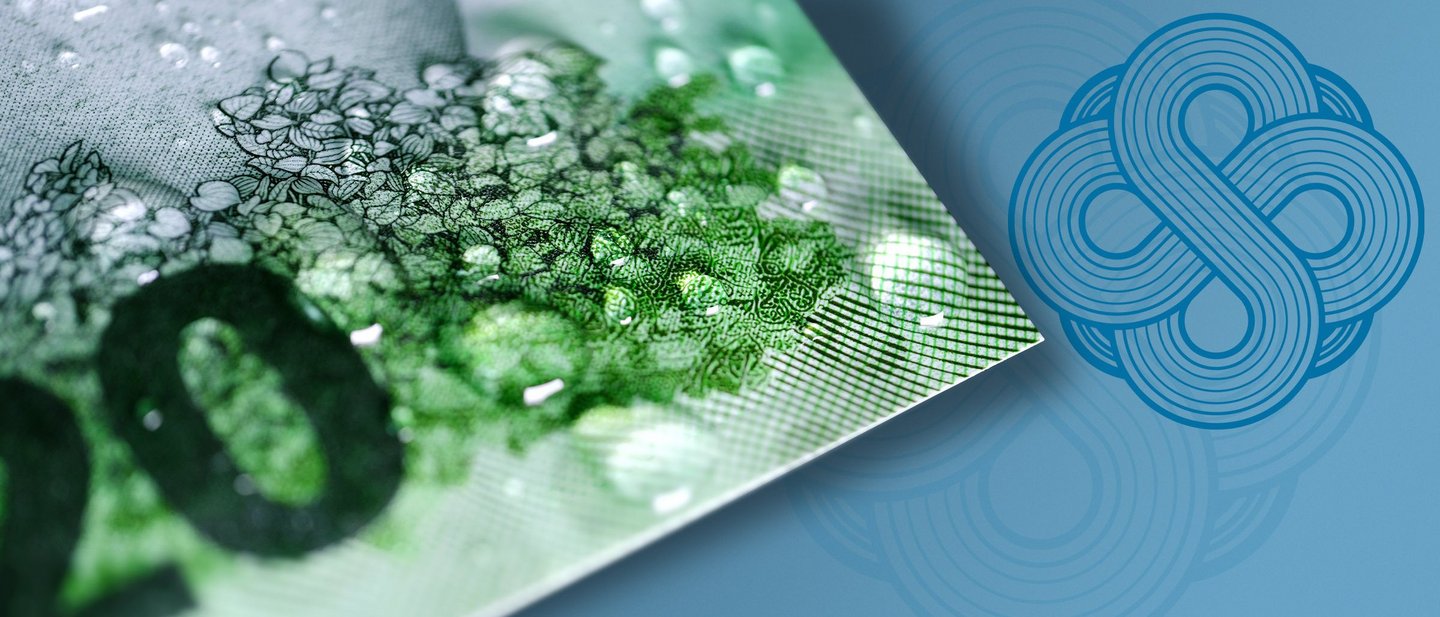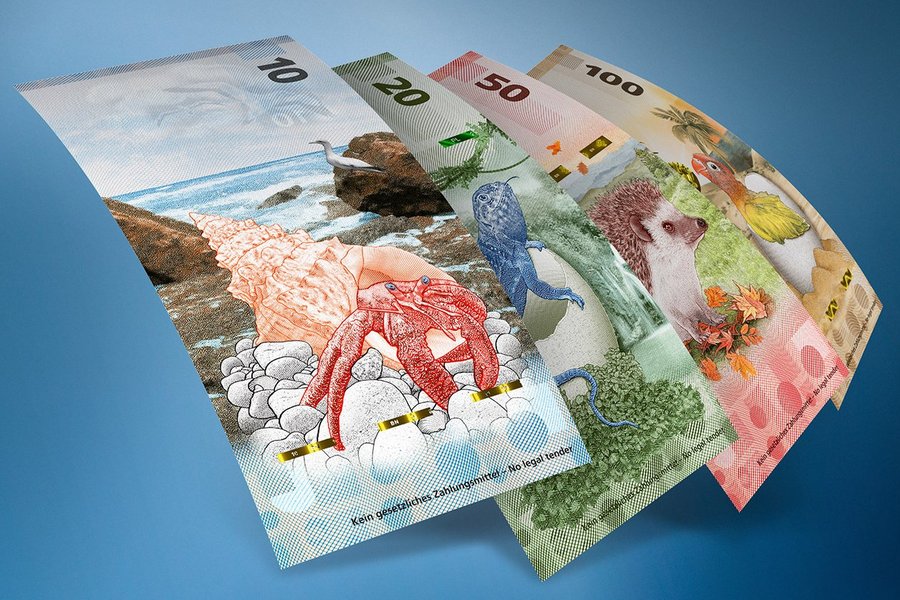Cash is one of the most important forms of payment available, and there are billions of banknotes in circulation at any one time. Nonetheless, every year, around 25% of these become worn out and have to be replaced. Making banknotes that last longer and ensuring the process is greener every step of the way, from production to post-circulation, is important for the environment and long-term sustainability. A new cotton banknote is paving the way to make cash a greener solution.
The new Green Banknote from Giesecke+Devrient (G+D) addresses the need for sustainability, and is durable, flexible, and highly secure. It is made from renewable materials such as organic cotton and eco-friendly inks, uses less plastic, and generates fewer CO2 emissions than polymer banknotes.




